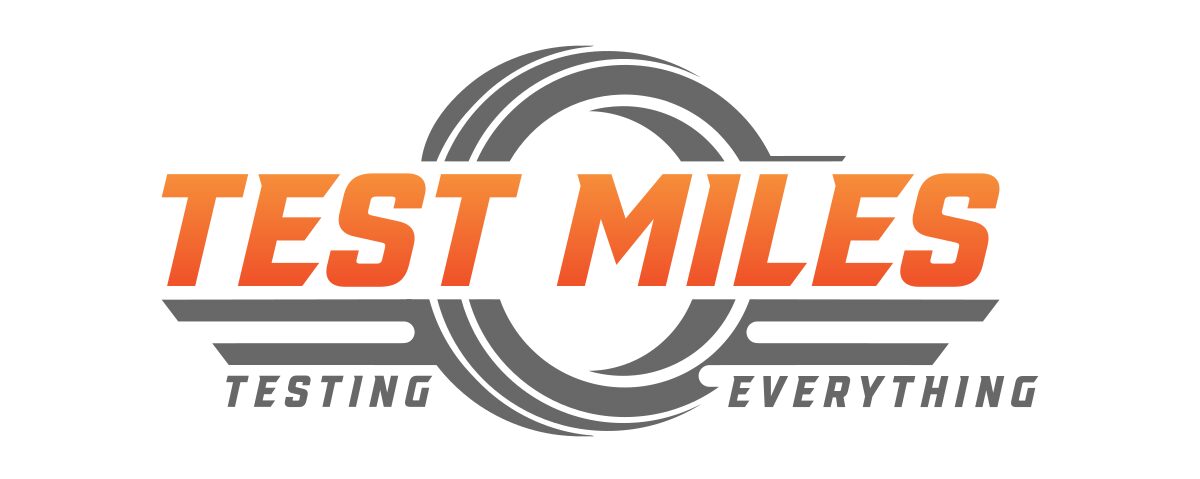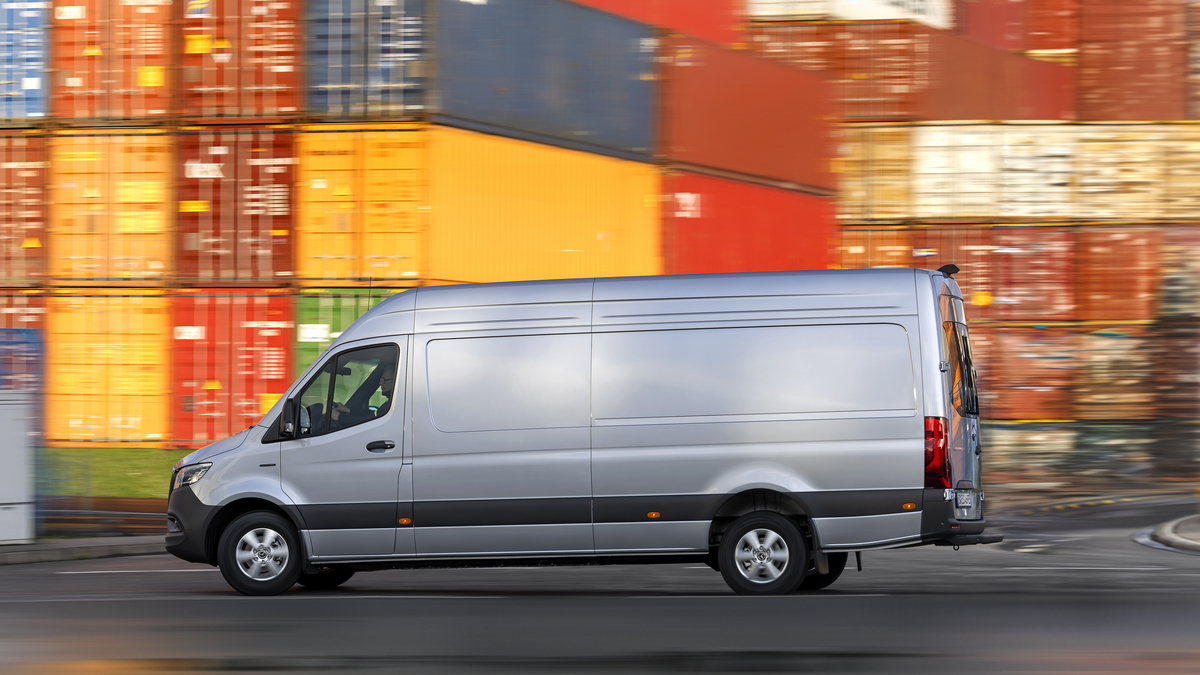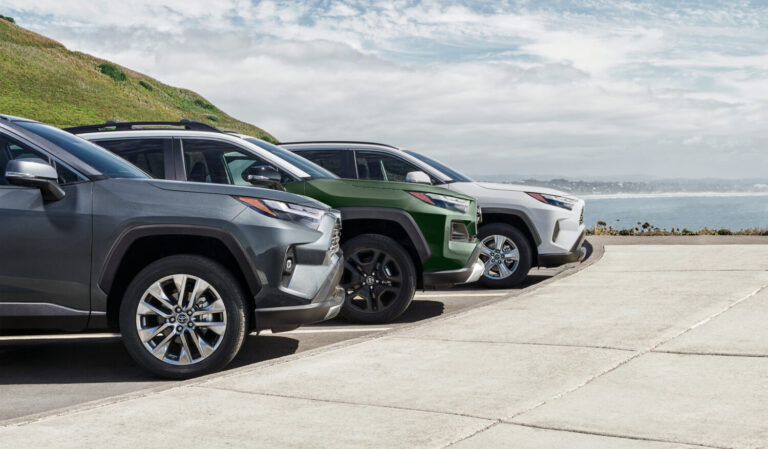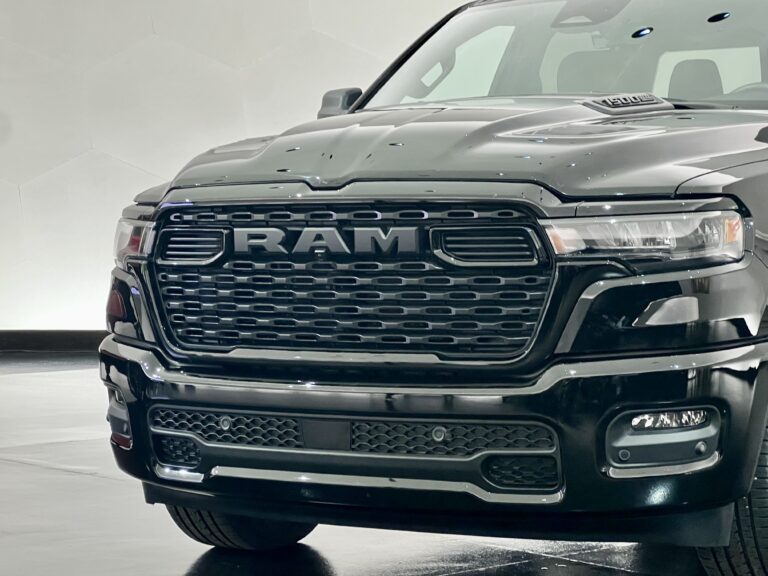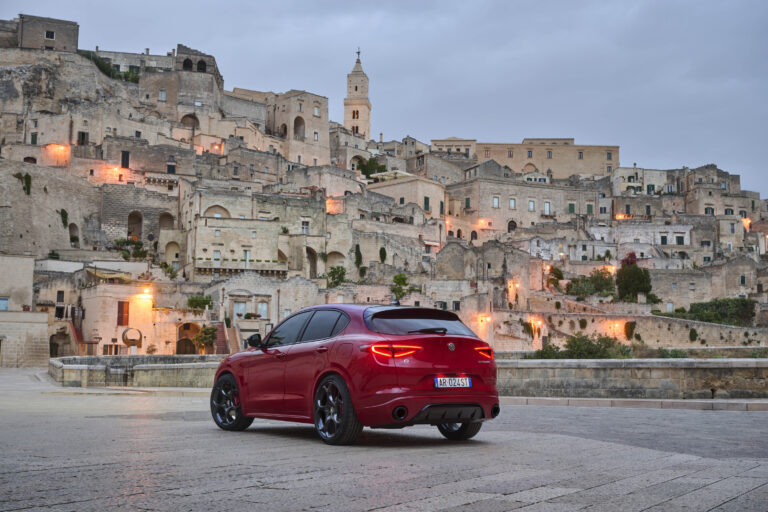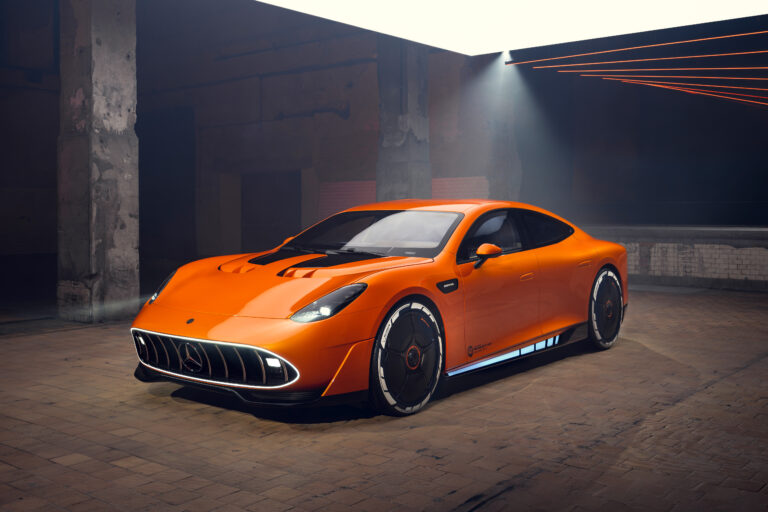Delivery Vans: Why the eSprinter Is the Smartest Hauler
Electric delivery vans like the Mercedes-Benz eSprinter are cutting fleet costs and emissions. Discover why this smart EV is reshaping commercial logistics.
They don’t roar. They don’t rattle. And if you blink, you might miss them entirely. But make no mistake: electric delivery vans are the most consequential vehicles on American roads right now. While you’ve been unpacking your patio furniture or pet treats, a quiet revolution has been parking itself at your curb. Leading this shift is the Mercedes-Benz eSprinter an EV built not for headlines, but for hard work.
Why does this car matter right now?
Here’s why this isn’t just a story about another van: fuel and maintenance savings. An electric van like the eSprinter can slash fuel costs by up to 80% and maintenance bills by 70%. No oil changes, no spark plugs, no belts. Just a whisper-quiet motor and regenerative braking that actually recharges the battery while you drive. Over a year, that’s roughly $8,000 back into the business per vehicle, assuming 100 miles per day.

Range anxiety? Not here. The U.S.-spec eSprinter packs a usable 113 kWh battery and delivers up to 273 miles of range on the WLTP cycle overkill for most last-mile routes. Plug it into a 115 kW DC fast charger and it’ll leap from 10% to 80% in just 28 minutes. That’s enough time to grab a burrito and reload your delivery crates.
Each eSprinter cuts about 10 metric tons of CO₂ per year compared to its gas-powered cousin. Multiply that across a modest fleet of 100, and you’re looking at the environmental impact of planting 500,000 trees. Sustainability isn’t just a bumper sticker anymore it’s a profit driver.
How does it compare to rivals?
Ford’s E-Transit is a worthy contender with plenty of commercial pedigree. Rivian’s EDV, built in collaboration with Amazon, offers a tech-forward alternative. But Mercedes-Benz delivers what those others can’t: longer range, selectable regenerative braking, and a cabin that feels more executive suite than cargo hold.

The eSprinter’s interior includes a sharp 12.3” MBUX infotainment screen with natural voice control, fleet management integration, and navigation that actually understands charging stops. Even the regen braking is adjustable from the steering wheel paddles. That means your driver gets to feel like a Formula E racer while hauling bubble wrap and dog food.
Its modular design comes in three lengths, offers rear-wheel drive, and provides a choice between 100 kW or 150 kW electric motors. Max cargo? A cavernous 488 cubic feet. That’s roughly 13,000 toilet rolls yes, we did the math.
Who is this for and who should skip it?
If you’re a fleet manager running predictable urban or suburban routes think Amazon, UPS, flower shops, or food distributors this van makes more business sense than a tax write-off. It’s for anyone tired of high fuel bills, blown gaskets, and surprise breakdowns.

But if your operation involves long-haul logistics or rural terrain with limited charging infrastructure, the Mercedes-Benz eSprinter might not be your silver bullet yet. It’s not built for cross-country hauls or 500-mile detours. This van thrives where predictability meets density.
What’s the long-term significance?
This isn’t a concept. This isn’t hype. This is the new normal. Amazon just marked its one billionth electric delivery in the U.S. FedEx is following suit. UPS is electrifying its urban fleet. The smart money is moving fast and silently.

Zero-emission zones are popping up across major cities. ESG goals are now part of investor scorecards. Regulations are no longer creeping, they’re accelerating. And electric delivery vans aren’t a gamble anymore, they’re a requirement.
The Mercedes-Benz eSprinter proves that work vans don’t have to be grimy, loud, or inefficient. They can be intelligent, clean, and dare we say cool. This is more than logistics. It’s a smarter way to move everything we buy, eat, and live with. And it’s showing up right on time.

Like what you’ve read? Stay in the driver’s seat with more insider automotive insights. Follow @NikJMiles and @TestMiles for stories that go beyond the press release.
